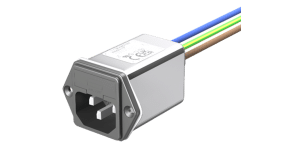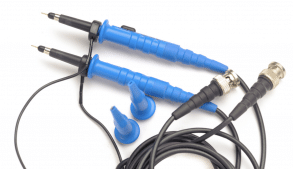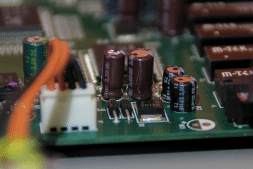Introduction EMI stands for electromagnetic interference. There are several methods of EMI transmission from the source to the victim. Two of them are radiated EMI and conducted EMI. Radiated EMI happens when an electrical device produces an RF signal that is picked up and causes unwanted effects. Conducted EMI is unintentional energy carried out of the source via signal … [Read more...]
Fundamental Oscilloscope Probes
As electronics have become more advanced, so has the equipment used to measure their signal behavior and system performance. In the realm of EMC compliance, oscilloscopes are one of the important tools used to measure signals, hunt down noise sources, and identify time-domain measurements that may contribute to radiated or conducted emissions. Without a properly selected probe, … [Read more...]
Stop Using the Critical Length Rule in High Speed PCB Design
The PCB world is in flux and an inrush of new designers is appearing on the horizon. Unfortunately, marketing material from manufacturers and CAD companies continues to spread outdated design guidelines that are easily misapplied, or they are simply wrong. One of these design rules that appears to be endemic is the critical length rule for transmission lines. This rule is used … [Read more...]







